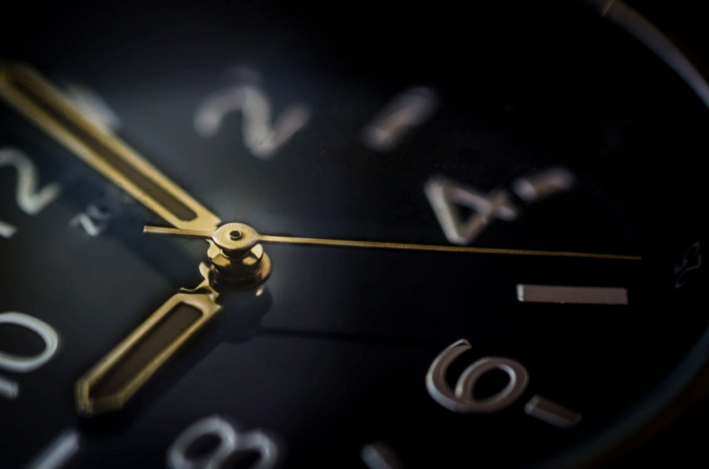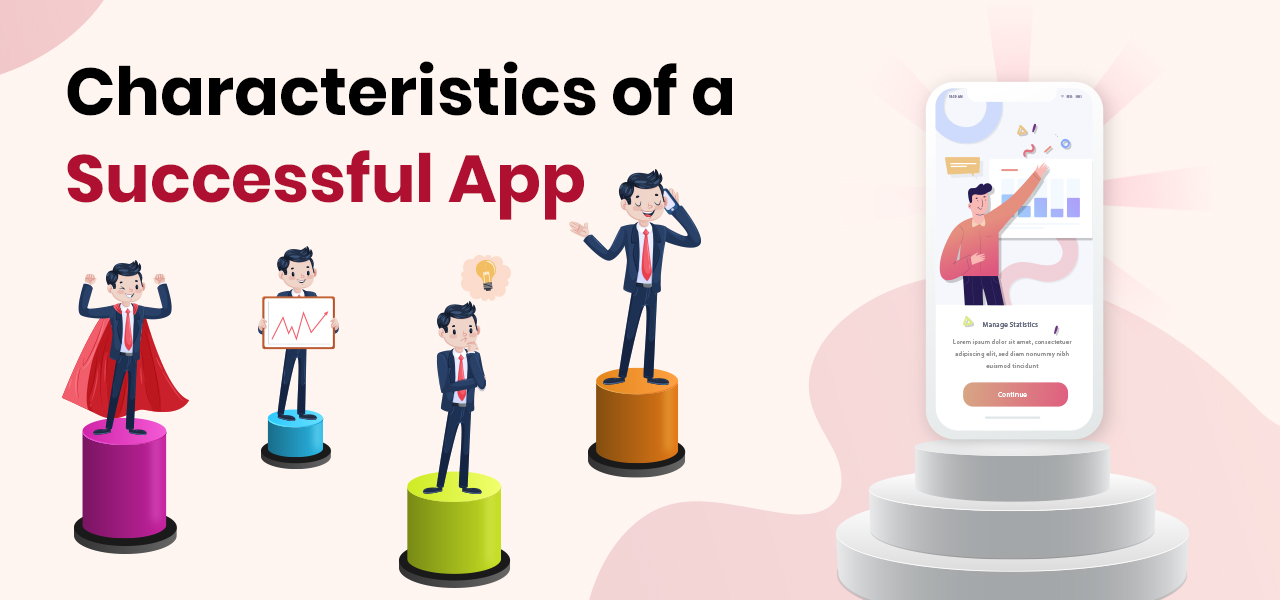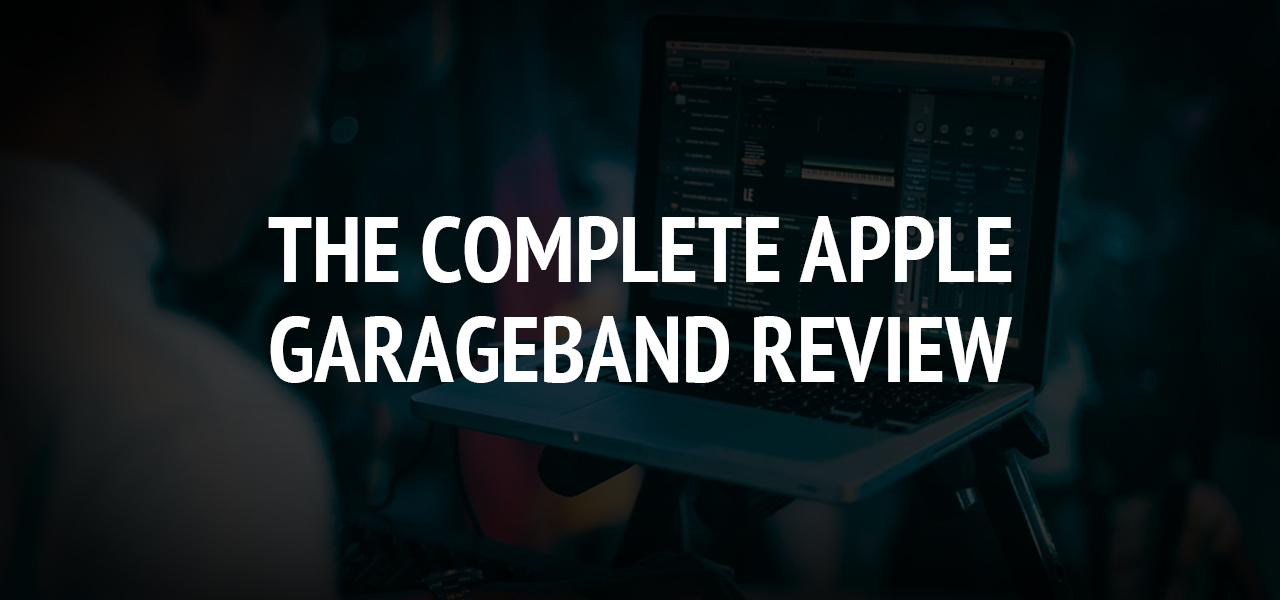What is the best time to post to Instagram?

There are many myths about the right time for posting. The recommendations are similar: the best are called morning (10 hours) and evening (18-20 hours) weekdays. Sometimes they mention the inefficiency of publications on the weekend - which could be relevant before the development of the mobile Internet. Now users stay online anytime.
Let's try to identify a general recommendation on the right time for posting based on the study.
When analyzing the time and date, the average activity of the publication was estimated depending on the time of its publication.
If you want your posts and your account to gain popularity, you can accomplish all your goals with the use of Instagram services https://www.iigers.com/.
Day of the week for posting on Instagram

The most involved were publications made on Sunday. The next activity was on Monday. Worst of all, users were active on posts made on Saturday.
On the remaining days of the week, activity remained the same.
Instagram post time
The study confirmed the theory of increased activity in the morning and at the end of the working day. The most active users were at 10-11 in the morning and 19-20 in the evening. A slight increase in activity is also observed at noon.
Publications made at night (from midnight to 6 a.m.) gain less reaction. The worst time to publish is 5 in the morning.
- Food and drink: Friday, noon.
- Retail: Tuesday, Thursday, Friday, noon.
- Services: Friday, Tuesday, Wednesday, at 9 or 10 in the morning.
- Nonprofit organizations: Tuesday, 4 p.m. or 10 a.m.
- E-commerce (except retail): Thursday, 9 pm or 4 pm.
- Medicine and pharmacology: Wednesday and Saturday, 9 a.m.
- Cosmetics: Friday and Thursday, 1, 2 or 3 pm.
- Technology: Monday and Tuesday, 2 p.m.
- Education: Thursday, 4 p.m. or 5 p.m.
How to determine the best time to publish?
Data from the study provide a general idea of the effect of publication time on an activity. They are relevant for many pages, but some accounts may have different situations.
To determine the best time to post on Instagram in your account, analyze the results for older posts.
Method 1: analyze Instagram statistics
Use the built-in analytics of your Instagram account. It is available to business accounts: if the type of your account is "personal", you will not see this data. You can connect a business account in the settings. You’ll need to link your Facebook business page to your Instagram profile. If you don’t have one, the social network will offer to create a page right in the process of switching the account. It does not need to be filled and updated in the future, the page exists nominally, only to include a business profile.
Statistics will begin to be collected only after the inclusion of a business profile. If you are doing this now, while reading an article, wait for the accumulation of data. To estimate the days of the week and the time of day of publication of posts, it will be necessary to collect data for 3-4 weeks.
Go to the Statistics section and analyze what days of the week and time of day your followers are most active. If you click on the chart, absolute values will appear - the number of users among your followers who are online on Instagram at the specified time.
You will also see the geography of your subscribers - consider the time zones when you will calculate the best time to publish.
Method 2: experiment
Try to post at different times and analyze the results. Of course, the result is not entirely objective, since other factors (and, first of all, the content) influence the publication's involvement. But on a lot of data, you will see general trends.
To collect the results, a simple table is suitable - record the date and time of the post's exit, as well as the number of reactions received (likes, comments, reposts, saves). For accuracy, take data at the same time - for example, exactly one day after the release of the post.
Worst Instagram Post
If there is a better time to publish, there must be a worst. If you know the age and time zone of your followers, you can even find the worst time using logic - students and adults will probably be offline at night, so they won’t see your posts. Due to the slow reaction collection rate, Instagram algorithms will decide that your post is uninteresting and will not show it in the followers' feed when they are online.
The statistics of different accounts proves this thesis. A study showed that the worst time to publish was 5 am, while another study determined the worst time to publish was from 3 a.m. to 4 a.m.
Rules for determining the time of publication
Examine your audience.
Analyze your account data through Instagram's internal analytics tool or third-party services. Update information regularly: audience behavior may change.
Follow the research on the topic: they will give more information than you can collect on your own because they use the statistics of hundreds of thousands of publications.
Experiment
Continue to improve performance and test new hypotheses. Do not stop at the "best time" to publish, so as not to lose the audience active during other hours - even if it is a small part of your followers.
Work with content
Although publication time plays a role in ranking posts in feeds of followers, the quality of the photo and text remains the main factor in the success of the post and the entire account.
About The Author
Related Blog
View All-
5 Characteristics To Make App Successful
Do you know the fact, there are 5.11 billion mobile users around the world? The mobile app company across the globe will hit $6.3 trillion by 2021. It shows how important it is to have an app for the business. And it is like nowadays, the app is available for ...
-
The Complete Apple GarageBand Review
There are several things you should know about Apple's GarageBand. You can check out our detailed GarageBand review by clicking right here. Last year, Apple sold almost 18 million Mac computers. Some of the people who bought a new Mac were already Apple users. ...







